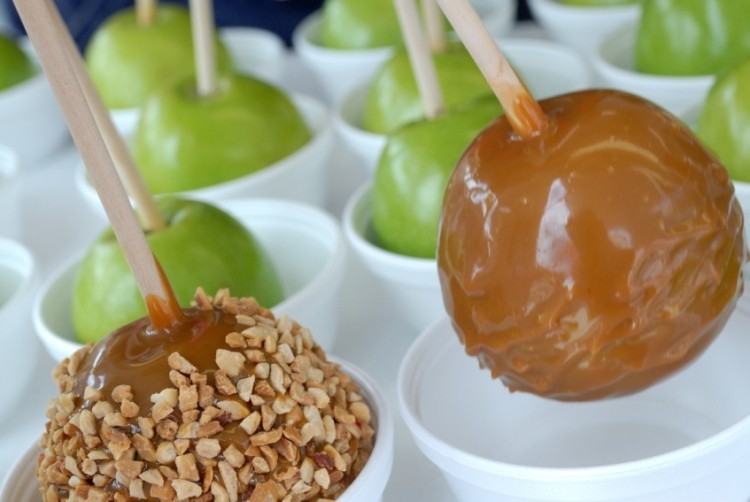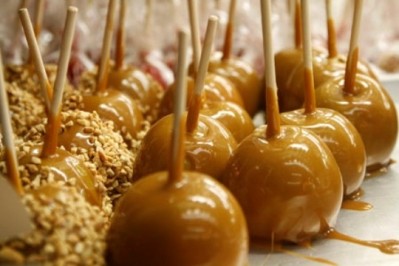Researchers suggest how caramel coated apples support Listeria growth

The study hypothesized that inserting a stick into the apple releases juice to the area between the fruit and caramel, providing a more hospitable environment.
An outbreak which sickened 35 people in 12 states was traced back to caramel-coated apples - an unexpected and previously unreported vehicle for the pathogen.
Bidart Bros. recalled Granny Smith and Gala apples in January this year because environmental testing revealed contamination with L. monocytogenes at the firm’s apple-packing facility.
How did the pathogen grow on this food?
Caramel and apples are foods where L. monocytogenes should not grow, as caramel does not contain enough free water and apples are too acidic.
The outbreak was unanticipated because the pH of apples (<4.0) and water activity of the caramel coating (<0.80) are too low to support growth.
Researchers from the University of Wisconsin-Madison's Food Research Institute inoculated Granny Smith apples with 4 log10 CFU of L. monocytogenes (a cocktail of serotype 4b strains associated with the outbreak) on each apple’s skin, stem, and calyx.
Half of them had sticks inserted into the core, while the remaining apples were left intact. They were dipped into hot caramel and stored at 7°C or 25°C for up to 11 or 28 days, respectively.
Data revealed that apples with inserted sticks supported significantly more L. monocytogenes growth than apples without sticks under both storage conditions.
Within three days at 25°C, L. monocytogenes populations increased >3 log10 in apples with sticks, whereas only a 1-log10 increase was observed even after one week for caramel-coated apples without sticks.
The average population of the pathogen increased 1,000-fold on caramel apples with sticks stored at room temperature for three days.
When stored at 7°C, apples with sticks exhibited a 1.5-log10 increase at 28 days, whereas no growth was observed in apples without sticks.
They dipped all apples into hot caramel using either the sticks or tongs then allowed them to cool.
Apples were stored at 25 degrees Celsius (77° F) or 7 degrees Celsius (44.6° F) for up to four weeks.
Caramel apple safety
Kathleen Glass, study co-author and associate director of the institute, said consumers should look for refrigerated caramel apples or eat them fresh.
Caramel apple manufacturers may wish to thoroughly disinfect apples before dipping them in caramel, add growth inhibitors to the caramel coating or apple wax, or use better temperature-time controls to inhibit the growth of L. monocytogenes, she said.
Dipping the apples in hot caramel killed off a lot of the surface bacteria, said Glass.
“But those that still survived were the ones that were able to grow. If someone ate those apples fresh, they probably would not get sick.
“But because caramel-dipped apples are typically set out at room temperature for multiple days, maybe up to two weeks, it is enough time for the bacteria to grow.”
Source: mBio (an open access online journal by the American Society for Microbiology)
Online ahead of print, DOI: 10.1128/mBio.01232-15
“Growth of Listeria monocytogenes within a Caramel-Coated Apple Microenvironment”
Authors: Kathleen A. Glass, Max C. Golden, Brandon J. Wanless, Wendy Bedale, Charles Czuprynski




